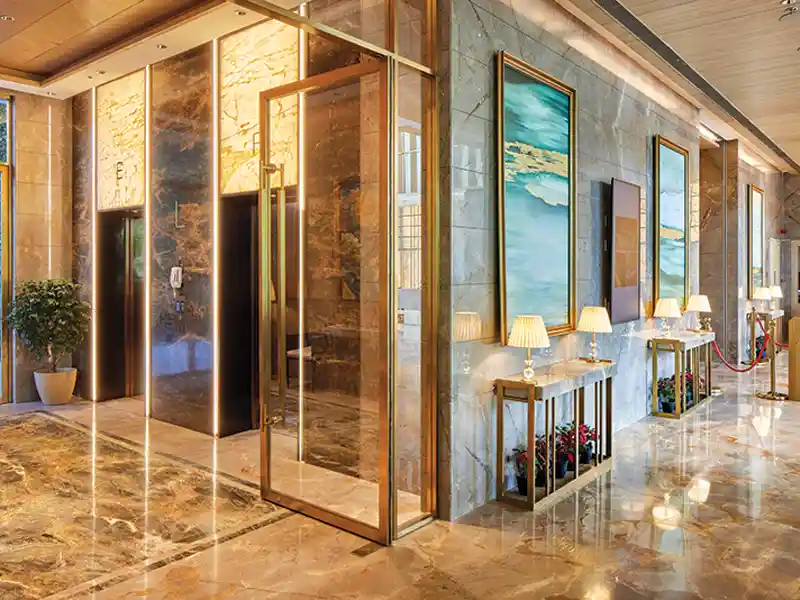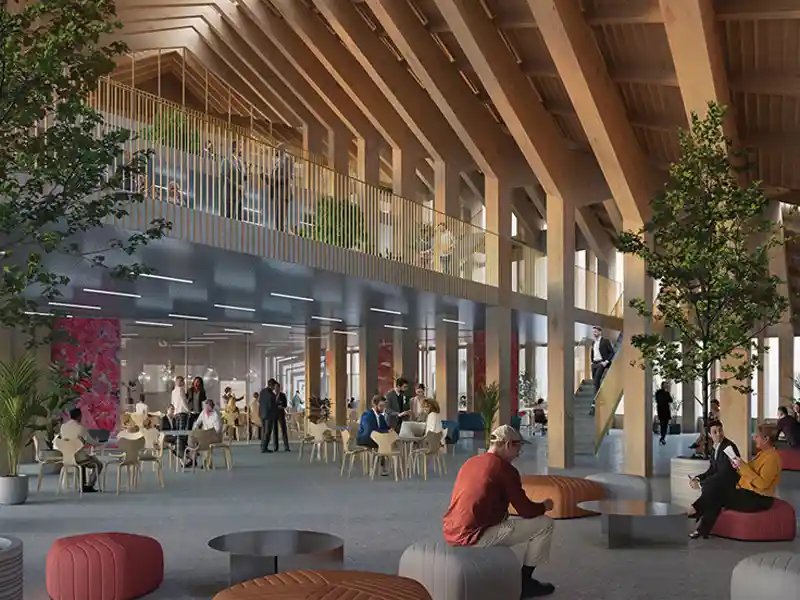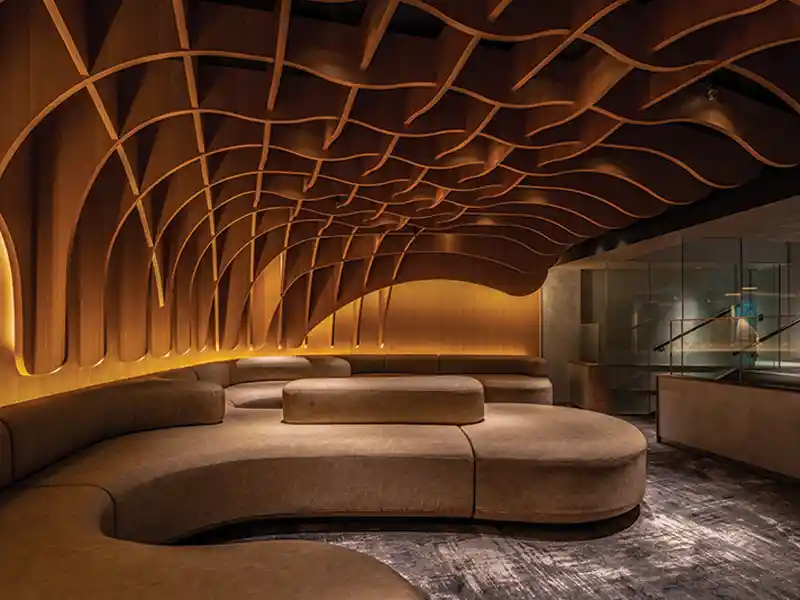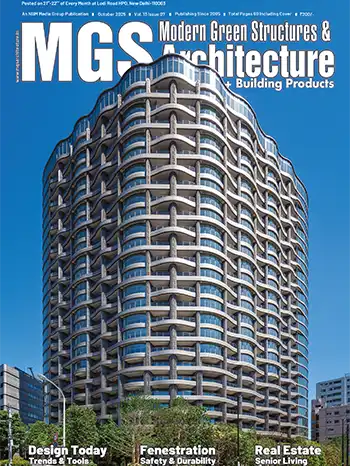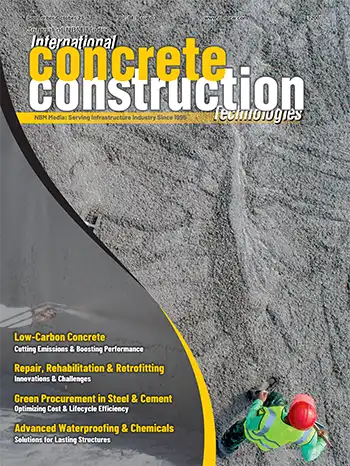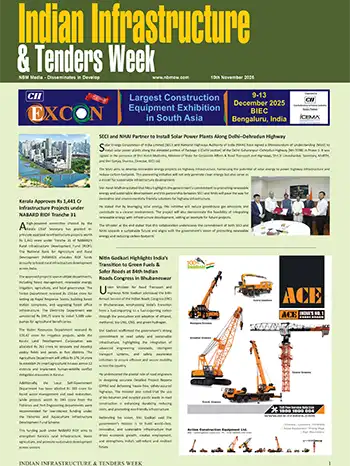
Public places will move towards more automation, speeding up development of all types of touch-less sensor-based technologies, automotive doors, hands-free light switches, temperature control, special areas for hand washing, and more greener spaces.
Planners and architects will have to apply the latest technologies and materials as per site requirements. Projects must be designed from the green building point of view. Designers must be very alert to create human friendly designs and use materials that are more natural and eco-friendlier.
Rainwater harvesting and solar systems to conserve energy, planting more trees, designing spaces that are airier and allow maximum amount of sunlight such that use of artificial lighting is minimised, using double glass frames, heat insulation systems, natural materials, and other such eco-friendly measures will be important aspects of design.
Bacteria-resistant products. low- porosity, non-fibrous building materials with anti-microbial coatings will help arrest the growth of viruses on surfaces, materials, and even buildings.
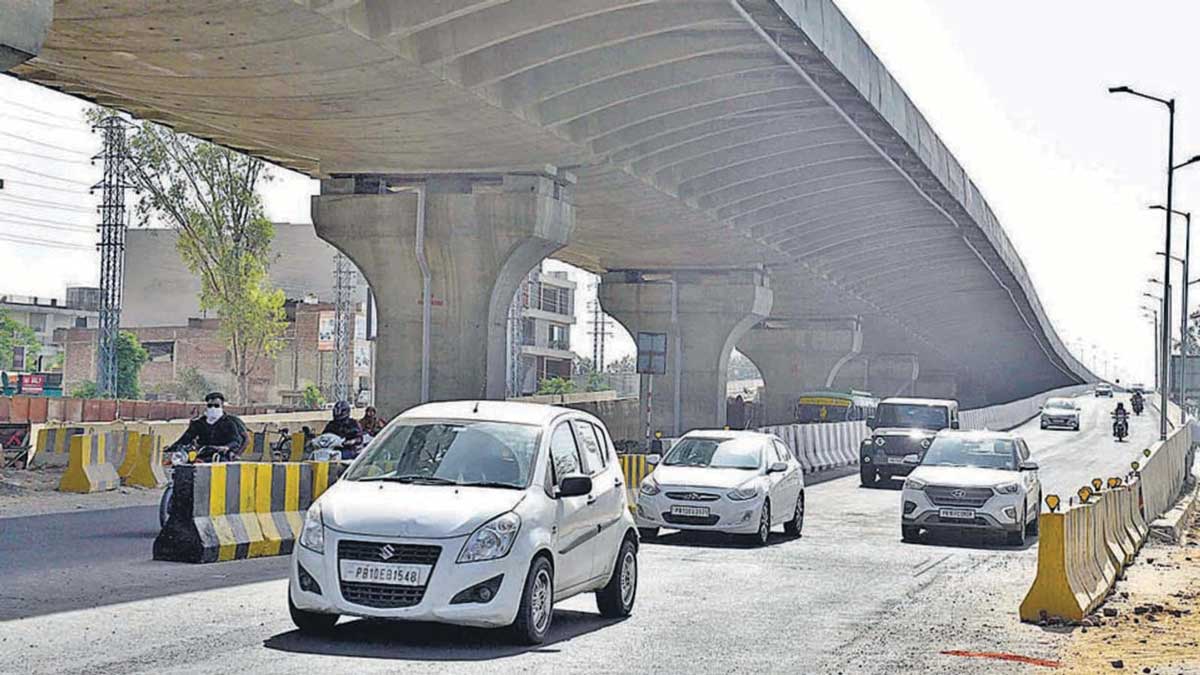
Prefabricated structure and sustainability in construction will be in demand.
Focus on sustainability so that the built environment has a minimum negative environmental impact will be a key aspect of design. This includes a conscious approach towards energy conservation, and use of materials that can be recycled and reused.
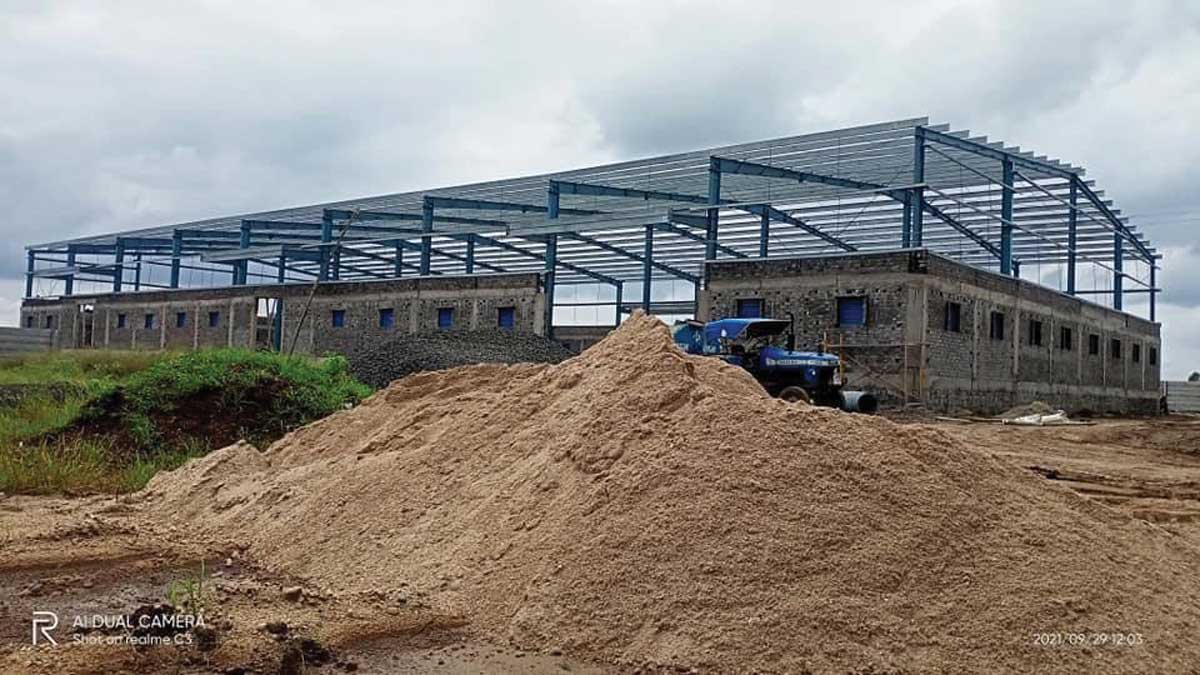
One of the biggest benefits that prefab offers is quicker construction time as compared to the conventional way of construction. As construction costs continue to increase, prefab structures will be relatively more cost-effective. In view of these benefits, many developers have started using prefab technology to construct their buildings, and many more will follow suit.

